PARTS OF COMPUTERIZED POLYGRAPH SYSTEM
A computerized polygraph system, also known as a lie detector, is a sophisticated instrument designed to measure and record physiological indicators believed to be associated with truthfulness or deception. Comprising several essential components, this advanced system seamlessly integrates hardware and software to provide a comprehensive analysis of physiological responses during questioning. At its core, the polygraph system consists of sensors that capture and monitor physiological signals, including heart rate, respiratory activity, galvanic skin response, and sometimes even eye movements. These sensors are strategically placed on the subject's body to capture a broad range of physiological data.
The data collected by these sensors are then processed by the system's central computer unit, which employs advanced algorithms to analyze and interpret the physiological responses in real-time. The system typically includes a user interface that allows the examiner to control the test parameters, monitor the ongoing examination, and review the results. Additionally, modern polygraph systems often incorporate data storage capabilities to archive test results for later analysis and reference. In summary, a computerized polygraph system is a multifaceted tool that combines cutting-edge hardware and software components to provide a reliable and technologically advanced means of assessing truthfulness in a controlled questioning environment.
LX 4000 Data Acquisition Sub system Description
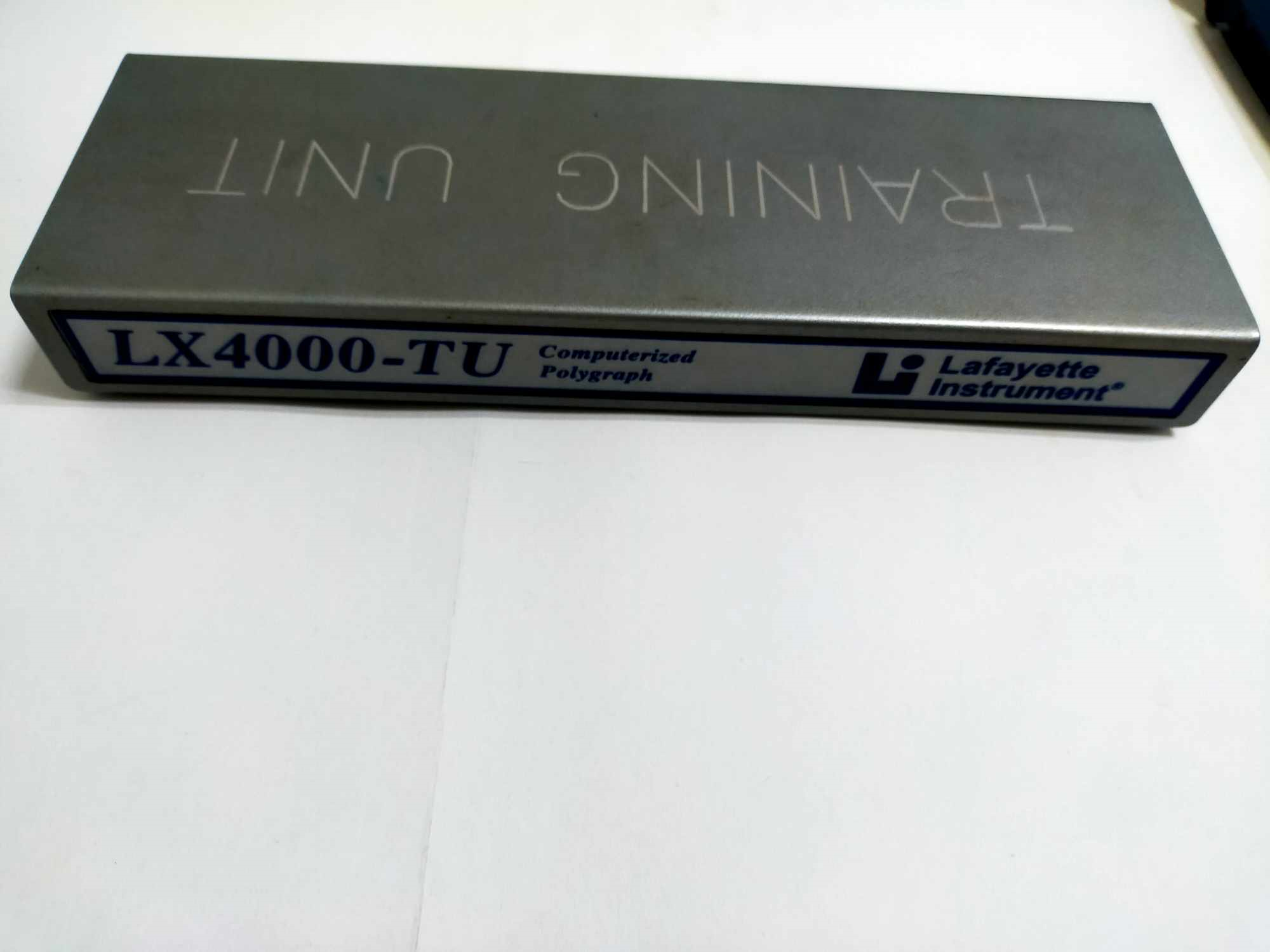
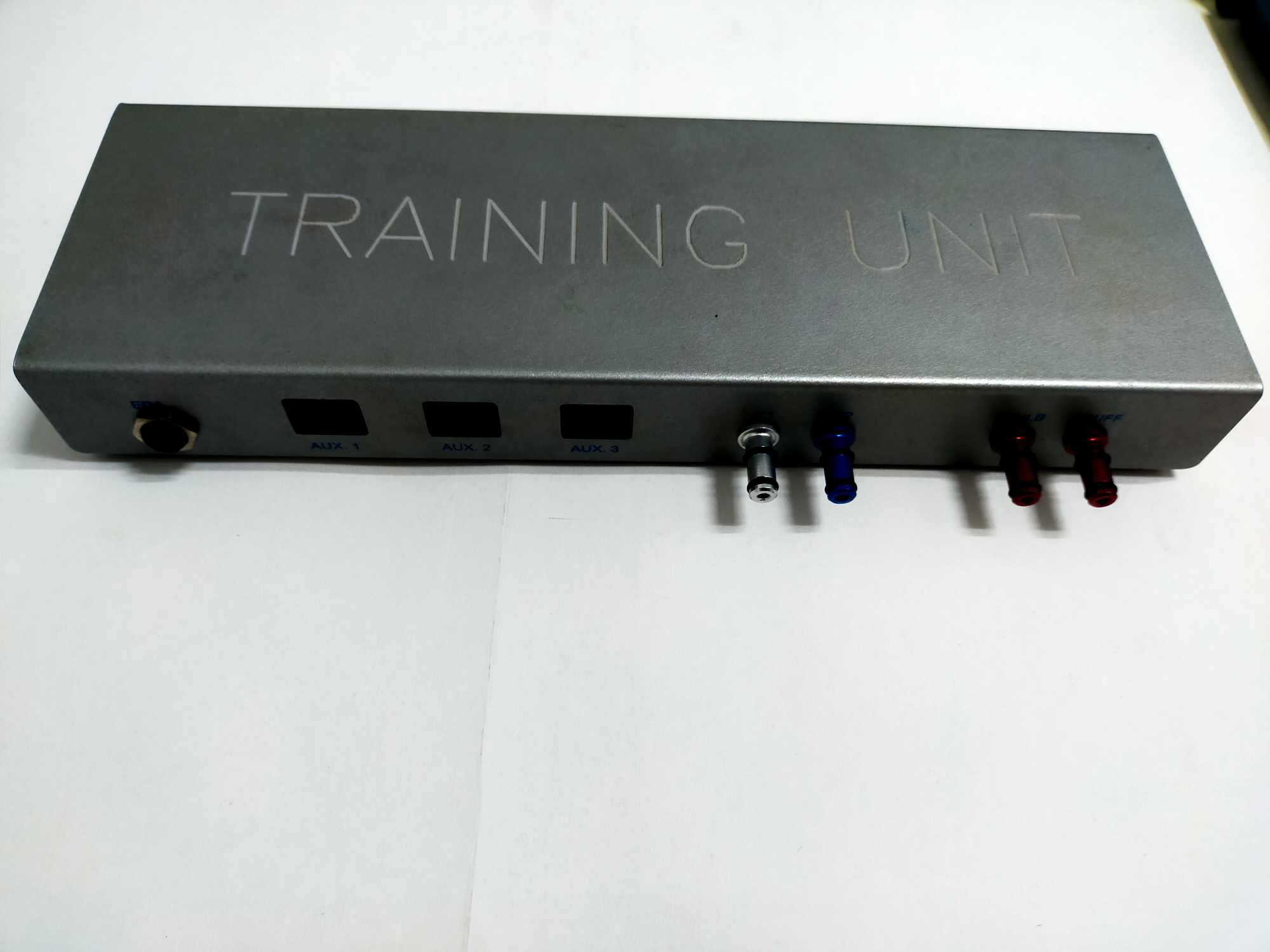
Overview
A hardware device that converts physiological signals to digital form. The DAS is connected to the PC to record the examination chart data. The DAS receives input from the pneumatic respiratory sensors, the cardio sensor, the GSC sensor, and the auxiliary sensors. Input is sent to the workstation for recording and display.
Sensors: Description
Pneumo 1 (Blue)
It is place on the abdomen of the subject. It is used to record the abdominal respiration of the subject.
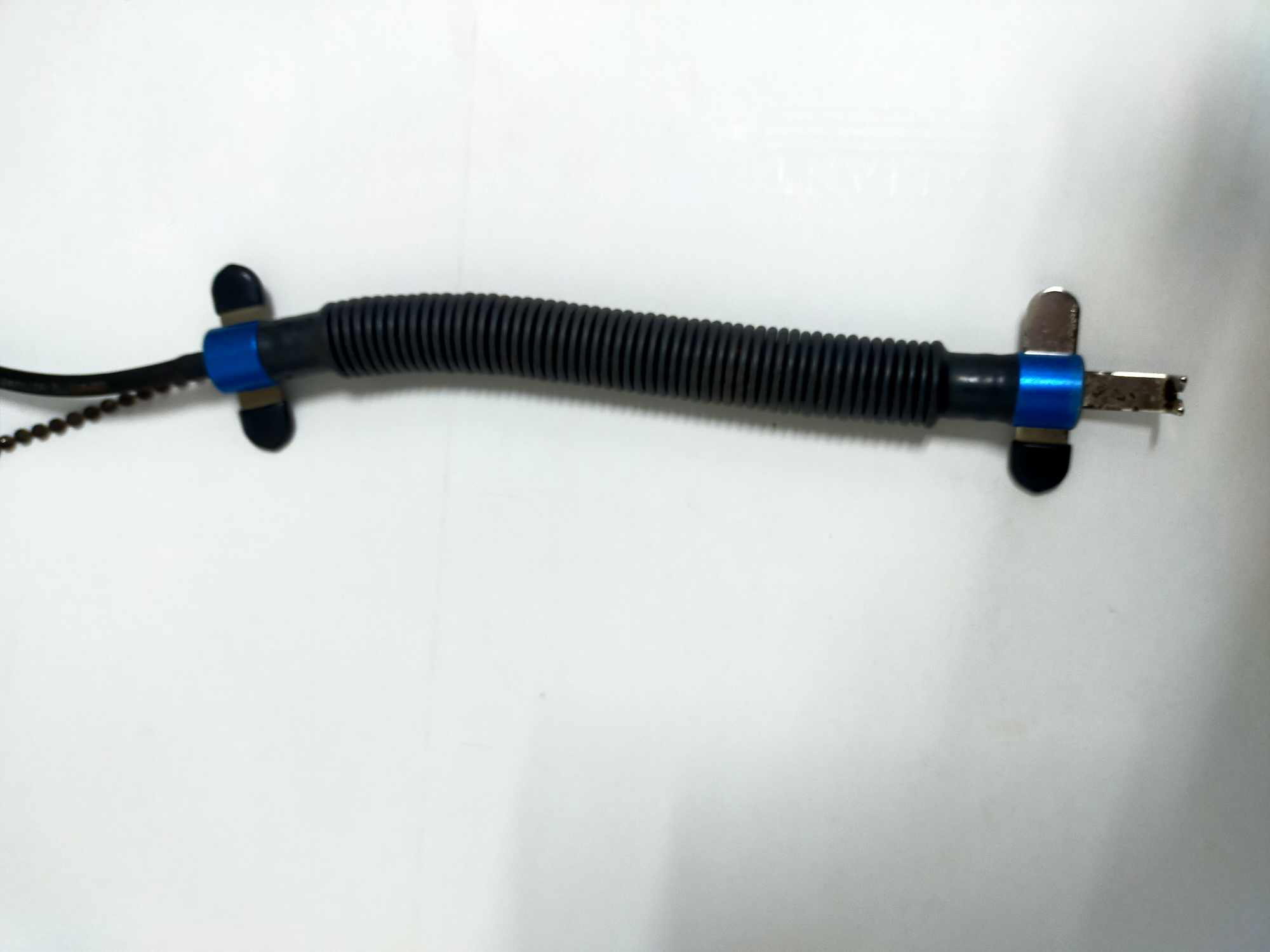
Pneumo 2 (Silver/ Titanium)
It is place on the thoracic of the subject. It is used to record the thoracic respiration of the subject.
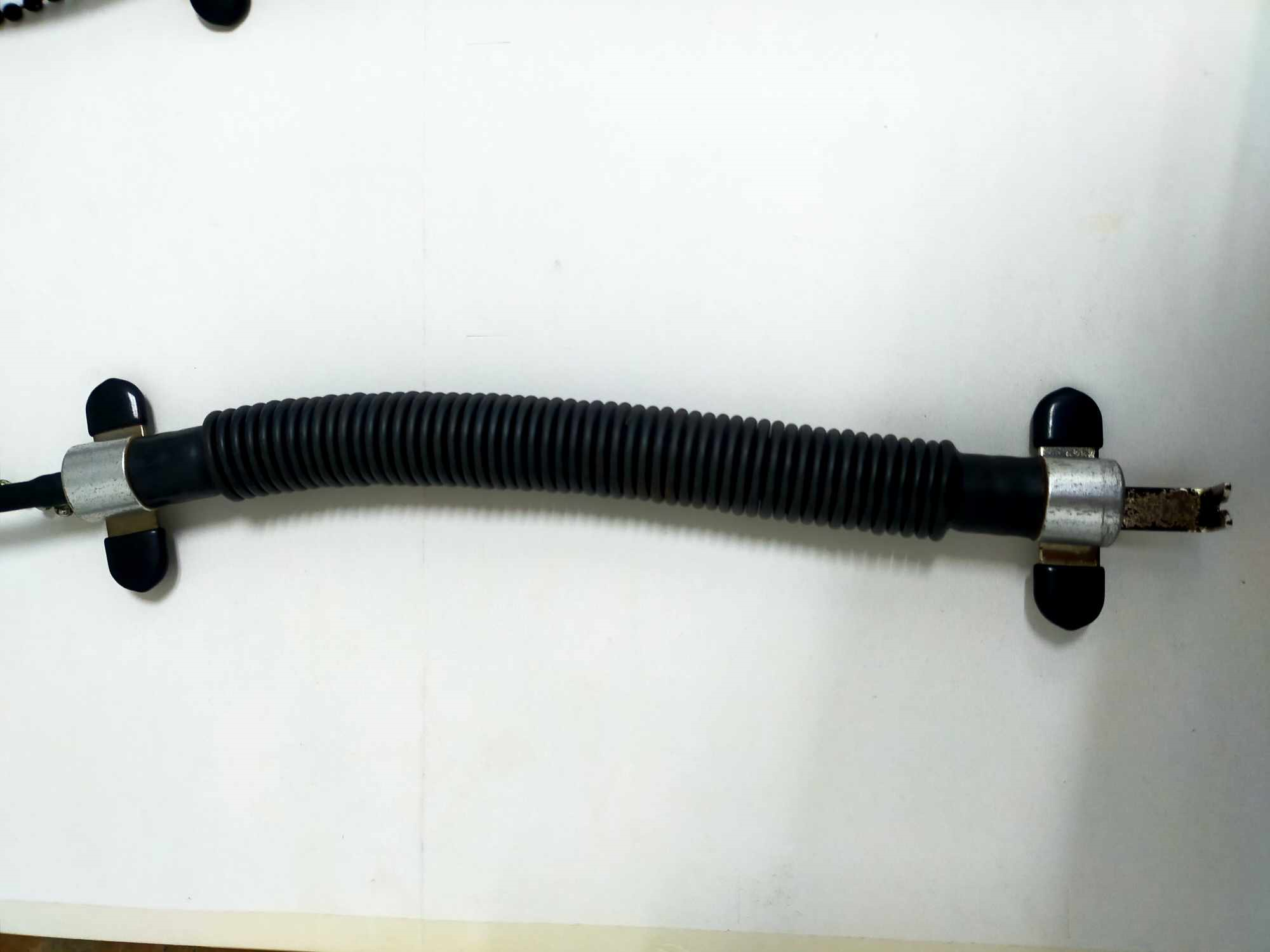
EDA – Electro-dermal sensor Description

Overview
Electro-dermal sensor; it is used to record the electro-dermal response of the subject.
Blood Pressure Cuff Description
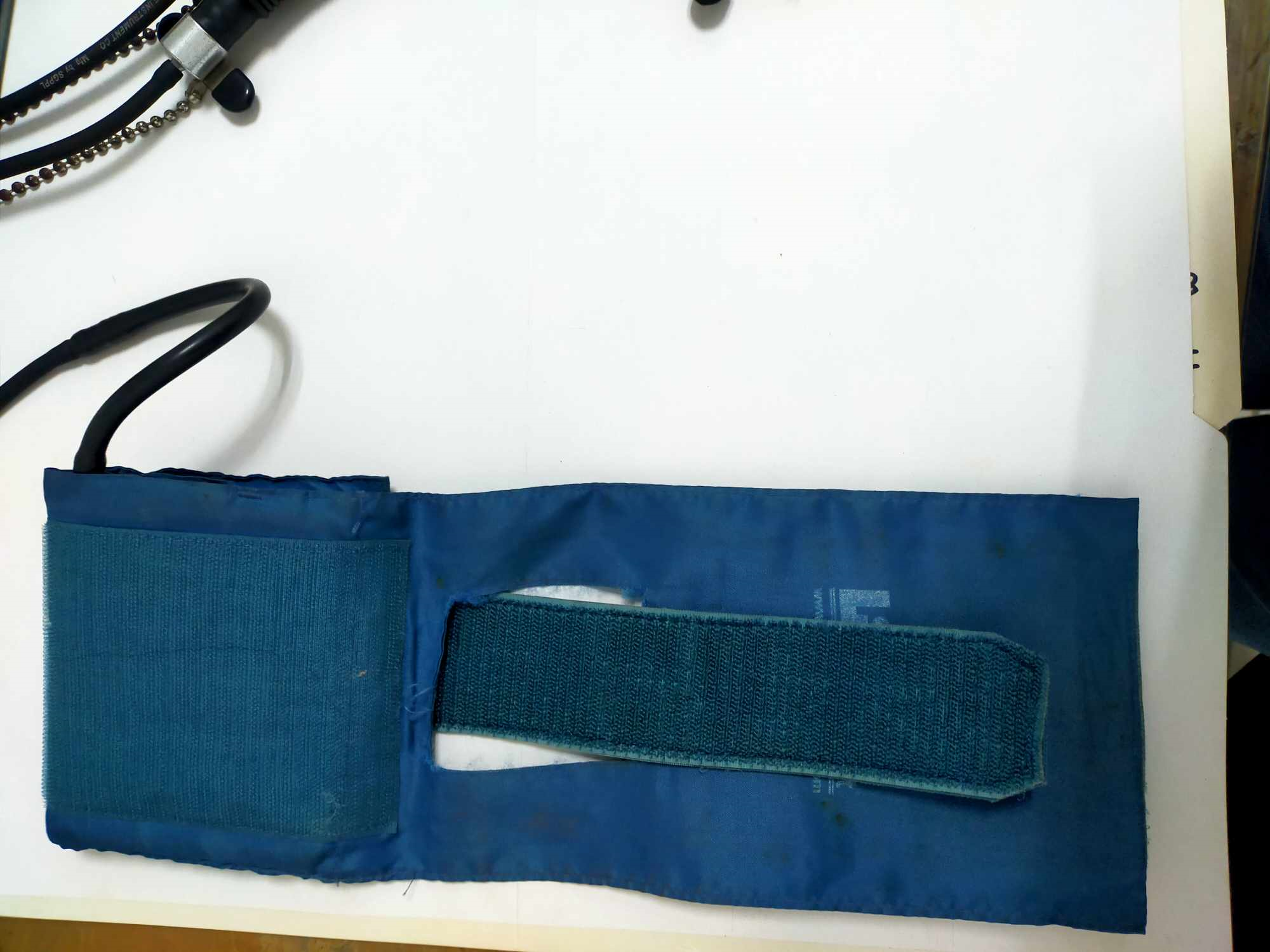
Overview
it is used to record the heartbeat, pulse rate and blood pressure of the subject during the examination.
Pump Bulb Description

Overview
The Pump Bulb is a part of a polygraph machine that is used to inflate the pneumatic components of the machine. It is typically made of rubber and is used to create pressure in the system.
Usage
During a polygraph test, the examiner will use the Pump Bulb to inflate the Arm Cuff and Pneumo Assembly to the appropriate pressure. The Pump Bulb is connected to the polygraph machine and allows the examiner to inflate and deflate the components as needed.
Specifications
- Material: Rubber
- Color: Black
Maintenance
After each use, the Pump Bulb should be cleaned with a mild disinfectant solution and checked for any signs of wear or damage. If the Pump Bulb shows any signs of wear, it should be replaced immediately.
Sphygmomanometer Dial Description
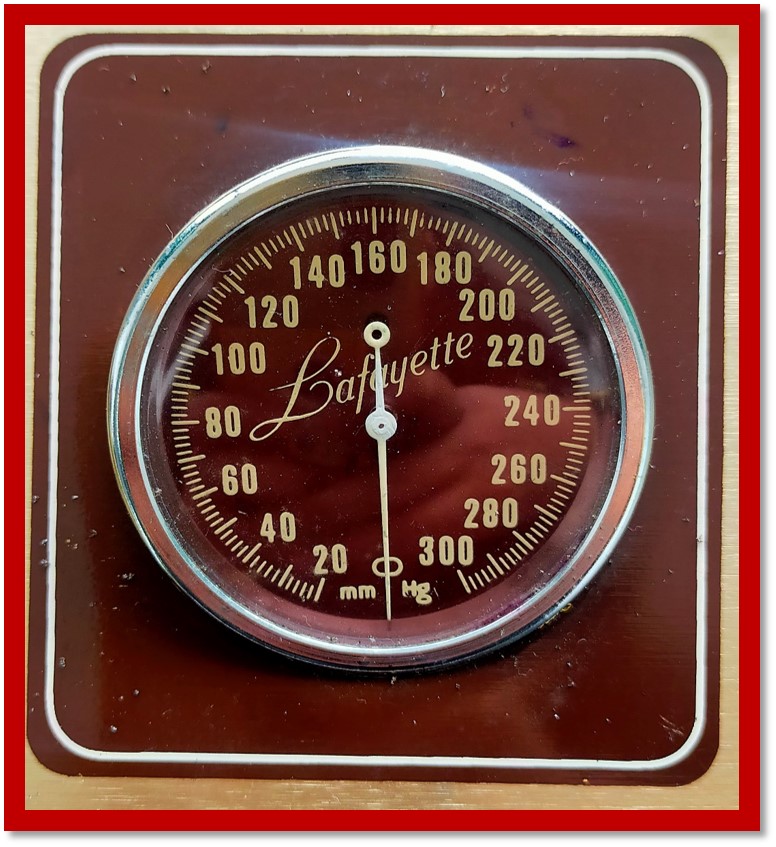
Overview
The Sphygmomanometer Dial is a part of a polygraph machine that measures blood pressure. It consists of a circular dial with a needle that indicates the pressure in millimeters of mercury (mmHg).
Usage
During a polygraph test, the examiner will use the Sphygmomanometer Dial to measure the blood pressure of the test subject. The examiner will place the Arm Cuff around the subject's arm and inflate it using the Pump Bulb. The examiner will then use a stethoscope to listen to the subject's pulse and slowly release the pressure in the Arm Cuff while monitoring the Sphygmomanometer Dial for the systolic and diastolic pressures.
Specifications
- Measurement Range: 0-300 mmHg
- Accuracy: +/- 3 mmHg
- Dial Size: 60 mm diameter
Maintenance
The Sphygmomanometer Dial should be cleaned with a mild disinfectant solution after each use. The needle and dial should also be checked for accuracy periodically and adjusted if necessary.
Polygraph Chair
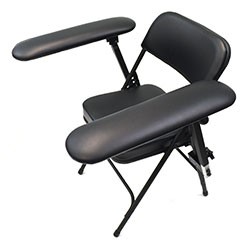
Overview
The chair is especially useful for the examiner whose profession takes him into many unknown field testing situations. This chair is more comfortable, more durable, easier to transport, and bears weight better than past portable examinee chairs. The chair folds easily for storage or to fit in a vehicle for transport.

